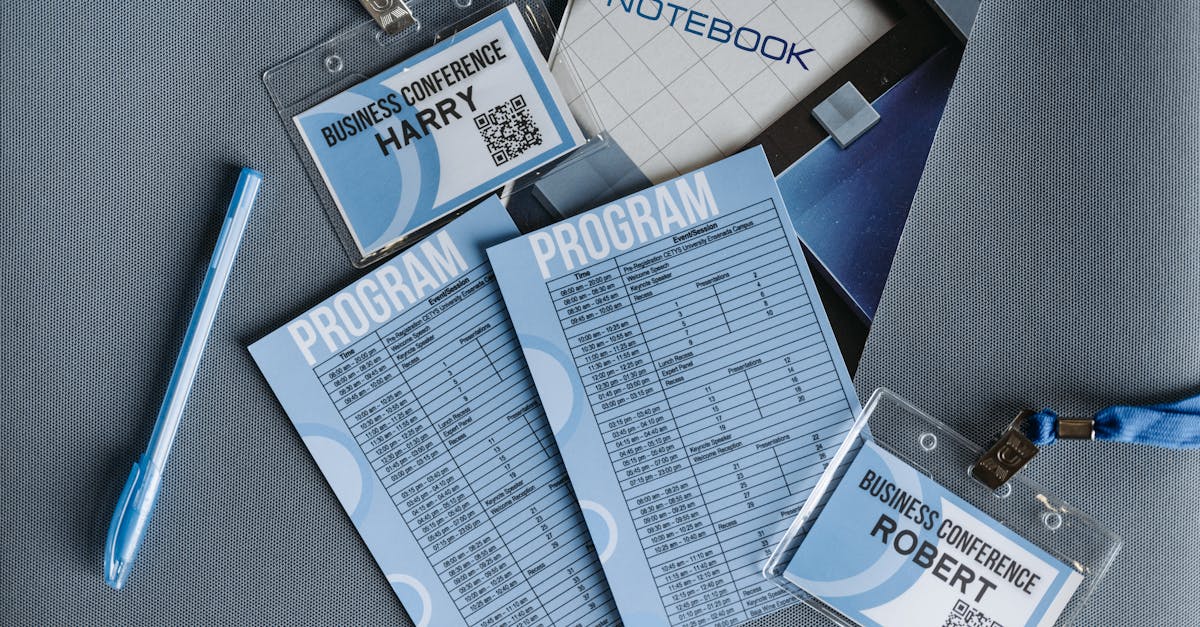
Introduction
Stop chasing paperwork across inboxes and spreadsheets. HR teams today are juggling regulatory demands, distributed workforces, and a steady stream of manual change requests that eat time and create compliance risk. This article shows how no‑code document automation — prebuilt templates, automated approvals, e‑sign, and HRIS connectors — lets you launch an employee self‑service portal quickly while enforcing SSO/MFA, secure time‑bound links, role‑based access, and immutable audit trails. Read on for practical blueprints for change requests, leave and benefits workflows, security and retention controls, KPIs to measure adoption, and a rollout playbook to accelerate HR digitization with minimal risk.
Core portal features HR teams must include: identity, secure links, role access, searchable records, and audit trails
Identity and secure access
Use single sign-on (SSO) and multi-factor authentication so employees authenticate once and access only what they’re allowed to see. These controls are foundational to HR digitization and HR automation because they prevent unauthorized lookups of sensitive personnel data.
Minimum features
- SSO & MFA for verified identity.
- Time‑bound secure links for sharing documents or one‑off forms.
- Role‑based access control (RBAC) so managers, HRBP, and payroll see different views.
- Searchable records with metadata and full‑text search for quick retrieval.
- Immutable audit trails showing who accessed, edited, approved, or exported records.
These features are standard in modern HRIS and HR software suites and are a core part of human resources digitalization and HR digital transformation projects.
Common self‑service workflows: address or personal detail changes, leave requests, promotion & title changes, and pay-related forms
Address or personal detail change
Typical steps: employee submits updated address, system validates, manager or HR reviews, HRIS updated automatically. Use a predefined form (example: address update) to reduce errors and keep PII minimised: https://formtify.app/set/cap-nhat-lai-dia-chi-tru-so-chinh-do-thay-doi-dia-gioi-hanh-chinh-de11e
Leave requests
Self‑service leave forms should calculate balances, route to approvers, and log in the HRIS. A ready template for leave of absence requests can speed rollout: https://formtify.app/set/leave-of-absence-request-letter-eov60
Promotion & title changes
Promotion workflows combine manager recommendation, compensation review, and HR authorization. Standardize the request with a promotion letter template and automate HRIS updates: https://formtify.app/set/employee-promotion-letter-4qyfo
Pay‑related forms
Include tax withholding, direct deposit, and timekeeping corrections. Tie pay forms to attendance rules and payroll logic so changes don’t create reconciliation work — see an attendance/clocking policy example for context: https://formtify.app/set/quy-dinh-ve-cham-cong-5bm2t
These common self‑service workflows illustrate practical hr digitization examples and show how employee self‑service portals reduce manual HR work while improving accuracy.
Security and compliance: PII minimization, time‑bound links, RBAC, and automated retention/archival rules
PII minimization
Collect only necessary fields. Use tokenization or masked views for sensitive fields such as SSNs. Minimizing data collection reduces exposure and simplifies compliance.
Time‑bound links and secure sharing
Use links that expire and enforce single‑use tokens for document uploads or approvals. This reduces the risk of leaked URLs and is a simple HR digitization best practice.
Role‑based access (RBAC)
Implement least‑privilege access by role and by action (read, edit, approve). RBAC integrates with HRIS roles and HR software permissions to ensure consistent enforcement.
Automated retention and archival
Configure retention schedules that archive or delete records automatically based on policy and legal requirements. Keep immutable logs for auditability while removing obsolete PII.
Practical controls
- Encryption in transit and at rest.
- Field‑level masking for sensitive attributes.
- Consent and access logs for GDPR/CCPA needs.
- Automated reporting for auditors and compliance teams.
If you’re evaluating hr digitization tools or searching for hr digitization services near me, prioritize vendors that provide these controls out of the box so you don’t build risky custom solutions.
Template workflow blueprints: mapping forms to automated approvals, e‑sign, and HRIS updates
Blueprint concept
Each template blueprint maps required form fields to approval steps, e‑signature requirements, HRIS attributes, and retention rules. Blueprints reduce implementation time and ensure consistent HR automation.
Example blueprints
- Address change: employee form → auto‑validate address → manager notification (if required) → HR approval → HRIS update → archive.
- Leave request: form captures dates and reason → automatic balance check → manager approval → HR final review → e‑sign if long‑term → HRIS leave record creation.
- Promotion: manager submits promotion form → compensation review task → HRBP approval → offer/e‑sign → HRIS job title and comp fields updated.
- Pay correction: employee or manager submits correction → payroll analyst review → approval → payroll journal update via API/RPA.
Automation patterns
- Use API or HRIS connectors to sync approved changes automatically.
- Use RPA for legacy systems without APIs (interim measure).
- Trigger e‑sign only when legally required or for compensation changes.
- Log every state change into an audit trail for compliance and reporting.
These blueprints form the basis of a practical digital HR transformation roadmap and show how HR software and HR automation work together to eliminate manual handoffs.
How to measure adoption and success: submission completion, SLA times, internal tickets avoided, and employee satisfaction
Key KPIs to track
- Submission completion rate — percent of started forms that reach completion (shows usability).
- Average SLA time — time from submission to final HR/manager action (shows process speed).
- Internal tickets avoided — reduction in helpdesk/HR inquiries after launch.
- Employee satisfaction — CSAT or NPS for self‑service portals.
- Automation rate — percent of transactions that flow end‑to‑end without manual intervention.
- Cost per transaction and time saved — inputs for measuring ROI and workforce analytics.
Use dashboards to surface drop‑offs, bottlenecks, and high‑friction fields. For ROI calculations, compare manual processing costs to automated workflows over a 12–24 month period — this demonstrates the financial benefit of HR digitization and HR digital transformation.
Best practices for launching and iterating: pilot groups, feedback loops, and analytics-driven improvements
Start small with pilot groups
Choose a representative business unit and run a time‑boxed pilot. Pilots expose real‑world issues quickly and let you validate the digital HR transformation roadmap before enterprise rollout.
Collect structured feedback
Use short in‑app surveys and a dedicated feedback form. Route usability issues and feature requests to a backlog so you can prioritize changes by impact.
Iterate with data
- Monitor analytics: form abandonment, SLA breaches, and frequent help topics.
- Run A/B tests on form length and field labeling to improve submission completion.
- Track change impact: reductions in internal tickets, faster HRIS update times, and improved employee satisfaction.
Governance and continuous improvement
Define release cadences, document workflows, and maintain a change log. Use the analytics to evolve the employee self‑service portals, move toward paperless HR processes, and capture the cloud HR systems benefits over time.
Summary
Modern HR teams can stop chasing paperwork and instead deliver faster, more secure employee services by combining no‑code templates, automated approvals, e‑sign, and HRIS connectors. The blueprints in this article show the practical building blocks — identity and role controls, time‑bound links, PII minimization, and retention rules — that make employee self‑service portals both usable and auditable. For HR and legal teams, document automation reduces manual work, lowers compliance risk, and preserves an immutable audit trail for reviews and disputes. Ready to accelerate HR digitization? Explore prebuilt templates and get started at https://formtify.app
FAQs
What does HR digitization mean?
HR digitization is the process of replacing manual, paper‑based HR tasks with digital workflows and systems. It includes using HRIS platforms, automated forms, and connectors to streamline processes like onboarding, leave requests, and personnel record changes.
How do I start digitizing HR?
Start with a small, representative pilot: map your highest‑volume or highest‑risk process, choose no‑code templates, and enforce SSO/MFA and role‑based access. Iterate using analytics and structured feedback before expanding to other teams.
What are the main benefits of HR digitization?
Key benefits include faster request turnaround, fewer manual errors, stronger compliance through audit trails and retention controls, and better employee experience via self‑service. It also enables measurable ROI by reducing internal tickets and saving processing time.
How much does HR digitization cost?
Costs vary by scope: small pilots can use low‑code/no‑code tools with modest subscription fees, while enterprise rollouts include integration and governance costs. Factor in per‑user licensing, professional services for connectors, and expected time savings when calculating ROI.
Which tools are commonly used for HR digitization?
Common tools include HRIS platforms, no‑code document automation, e‑signature providers, API connectors or RPA for legacy systems, and analytics dashboards. Choose vendors that provide security controls (SSO/MFA, RBAC, encryption) and ready templates to minimize implementation risk.





